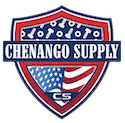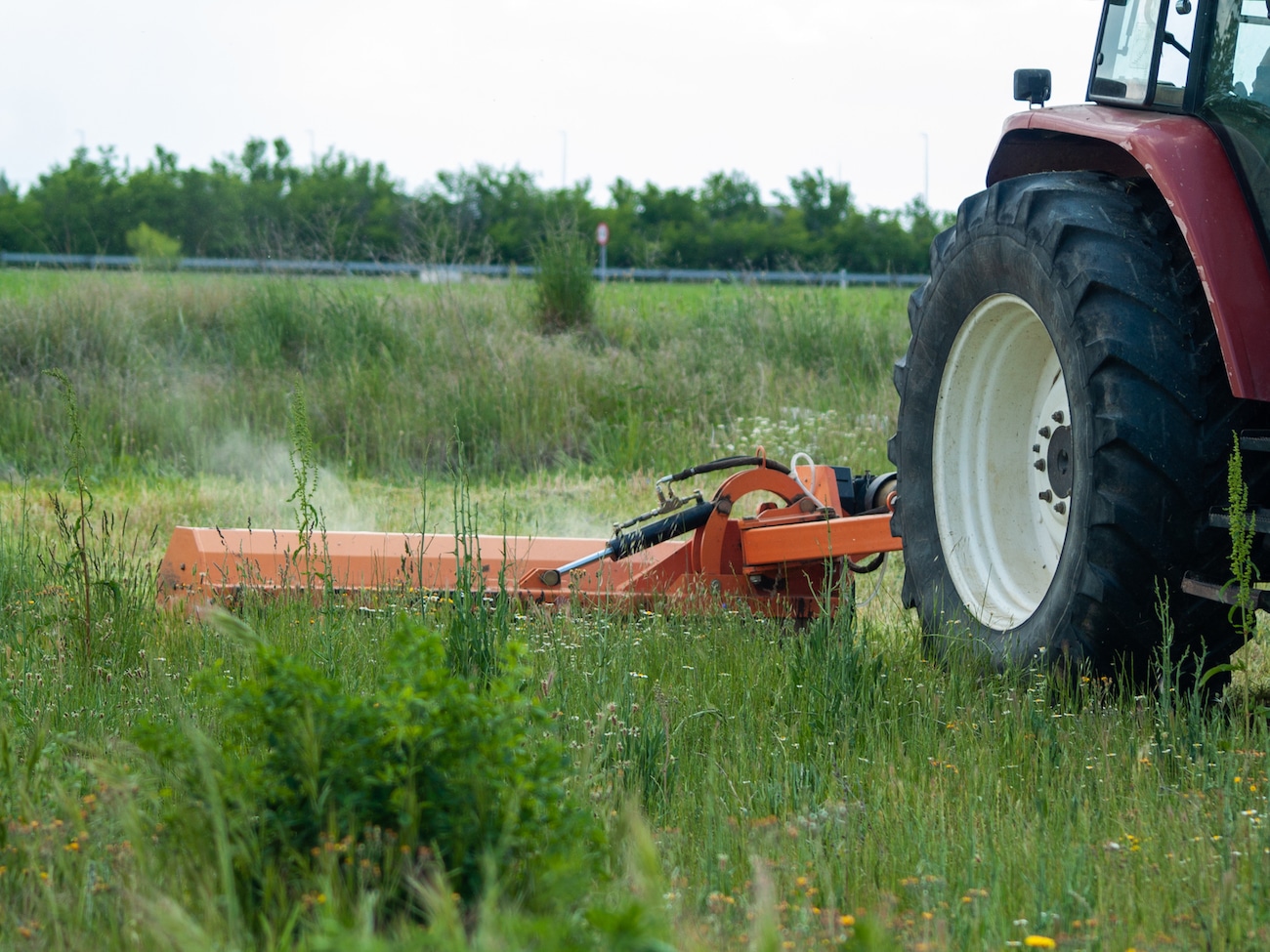An In-Depth Look at Field and Brush Mowers
Maintaining vast stretches of land often entails dealing with overgrown grass, weeds, and brush. For those who manage these landscapes, whether they’re farmers, landowners, or groundskeepers, the task demands reliable and efficient equipment. Field and brush mowers are the stalwarts in this battle against untamed vegetation. They come in various forms, but the most commonly utilized are walk-behind mowers and those that are tractor-mounted. This article will delve into the intricacies of both types, helping you understand their functions, benefits, and which might be the best fit for your needs.
Walk-Behind Field and Brush Mowers
Walk-behind field and brush mowers are heavy-duty machines designed to tackle tall grass, dense brush, and even saplings. Unlike standard lawn mowers, these are built to withstand rugged terrain and cut through much thicker vegetation. They are an excellent choice for smaller areas or where precise maneuverability is required.
Construction and Design
These mowers typically feature a single, pivoting blade or a set of blades housed under a sturdy deck, offering protection from flying debris. The wheels are usually larger and have deep treads to handle uneven ground. They are designed to be ergonomic, allowing for easier control even when working through tough, resistant plant life.
Engine Power and Cutting Capability
The engines on walk-behind models range in power, usually measured in horsepower (HP) or cubic centimeters (cc), indicating the engine’s capacity. The higher the number, the more powerful the mower. They must have enough torque to keep the blade spinning effectively through thick brush without stalling.
Applications
These mowers excel in areas where larger equipment can’t easily reach, like narrow field edges, steep inclines, or around obstacles. They are also ideal for land management tasks such as clearing trails, managing overgrowth in orchards, or preparing land for fire prevention.
Benefits and Limitations
The benefits of walk-behind mowers include their ease of transport, ability to navigate difficult terrains, and relatively lower cost compared to larger machinery. However, they are not without limitations. They require physical effort to operate, making them less suitable for large areas or for operators with physical constraints.
Tractor-Mounted Field and Brush Mowers
When the scope of land management tasks scales up, tractor-mounted field and brush mowers come into play. These are attachments designed to be mounted on tractors, transforming them into powerful mowing machines capable of clearing vast expanses of land.
Construction and Design
These attachments can come in various designs, such as rotary cutters, flail mowers, or sickle bar mowers. Rotary cutters are perhaps the most common and are designed with one or more heavy-duty blades attached to a rotating spindle. They are enclosed in a sturdy deck for safety and can range in size to match the tractor’s power and the job’s demands.
Power Take-Off (PTO) and Performance
Tractor-mounted mowers typically operate via the tractor’s power take-off (PTO) shaft, which transfers the tractor’s engine power to the mower. The PTO’s rotational power is what drives the mower blades. This direct transfer of power from the tractor means these mowers can handle larger areas and tougher vegetation than walk-behind models.
Applications
These attachments are suited for large fields, meadows, and pastureland. They are used in agricultural settings for crop residue management, pasture maintenance, and even for cutting hay in some cases.
Benefits and Limitations
The primary advantage of tractor-mounted mowers is their ability to cover large areas efficiently, with less manual labor than walk-behind models. They also can handle a wider range of vegetation types, including thicker brush and larger saplings. On the downside, these mowers require the operator to own or have access to a tractor, and they cannot navigate areas with tight spaces as effectively as walk-behind mowers.
Choosing the Right Mower
When deciding between a walk-behind or tractor-mounted field and brush mower, consider the following factors:
- Size of the Area: For large fields and pastures, a tractor-mounted mower is more efficient. Walk-behind models are better suited for smaller or hard-to-reach areas.
- Terrain: Uneven and rugged terrain might be easier to manage with a walk-behind mower designed for such conditions. Flat, open spaces lend themselves to the use of tractor-mounted mowers.
- Vegetation Type: Thick, dense brush and larger saplings require the power that a tractor-mounted mower provides. For lighter brush and grass, a walk-behind mower is usually sufficient.
- Operator Consideration: Physical capability and comfort are important. Walk-behind mowers require physical effort and stamina, while tractor-mounted options require less physical exertion but need an experienced tractor operator.
- Budget and Equipment Availability: Walk-behind mowers are generally less expensive and don’t require additional equipment. If you already own a tractor, a mounted mower might be a more economical choice in the long run, especially for larger jobs.
Safety and Maintenance
Regardless of the type of field and brush mower you choose, safety and maintenance are paramount. Always follow the manufacturer’s instructions for operation and safety gear. Regular maintenance, such as blade sharpening, oil changes, and debris removal, will prolong the life of your mower and ensure it operates safely and effectively.
Both walk-behind and tractor-mounted field and brush mowers serve vital roles in land management. Your choice will depend on the specific demands of your property and your preferences in terms of operation and investment. By weighing the advantages and limitations of each, you can select a mower that not only tackles the overgrowth but also helps in maintaining the health and productivity of your land. Remember, a well-maintained field or brush mower is a dependable partner in the ongoing stewardship of the land.
Come in to Chenango Supply in Punta Gorda today. We are Southwest Florida‘s largest Mahindra and ROXOR dealer. Are you familiar with the ultimate UTV?






